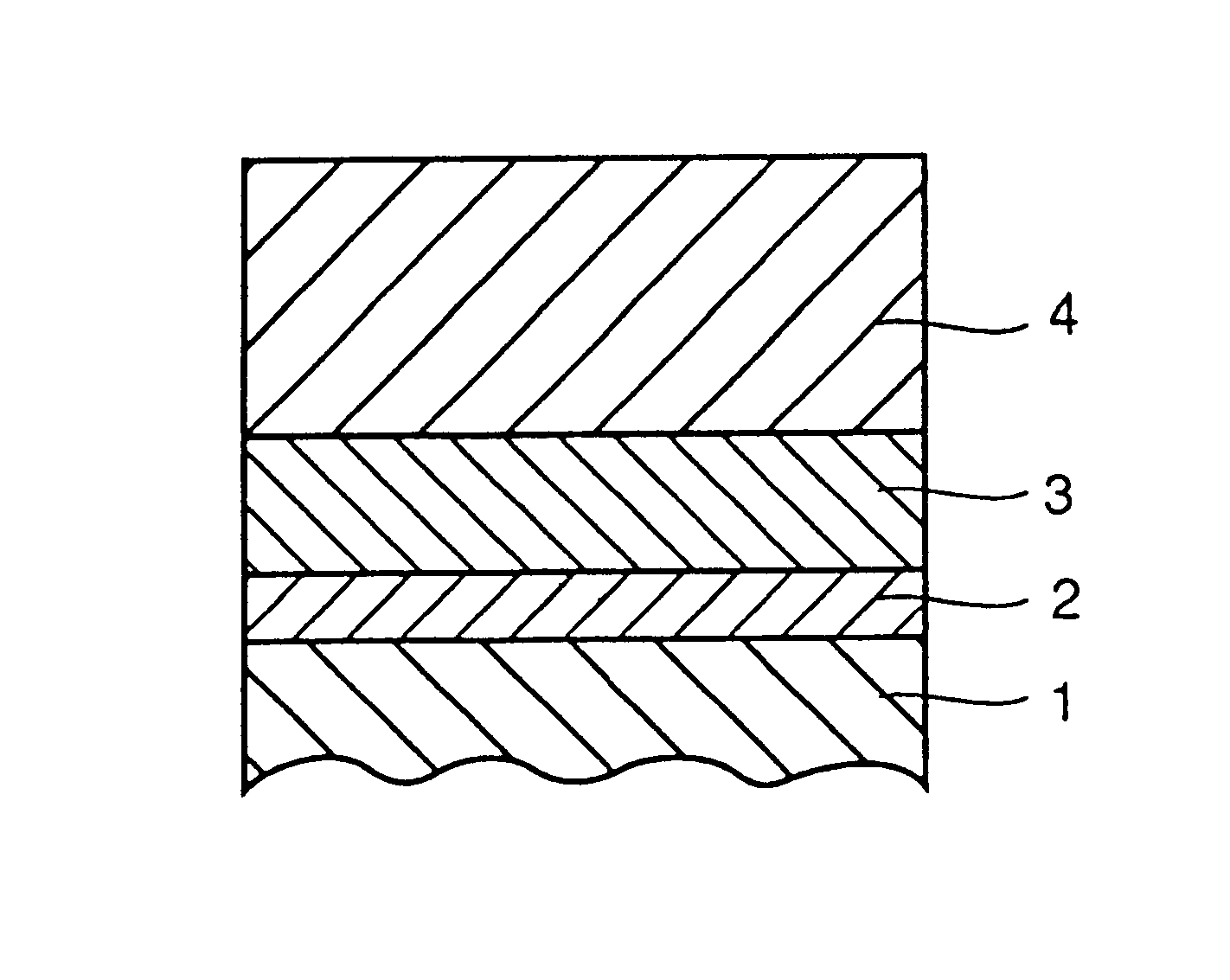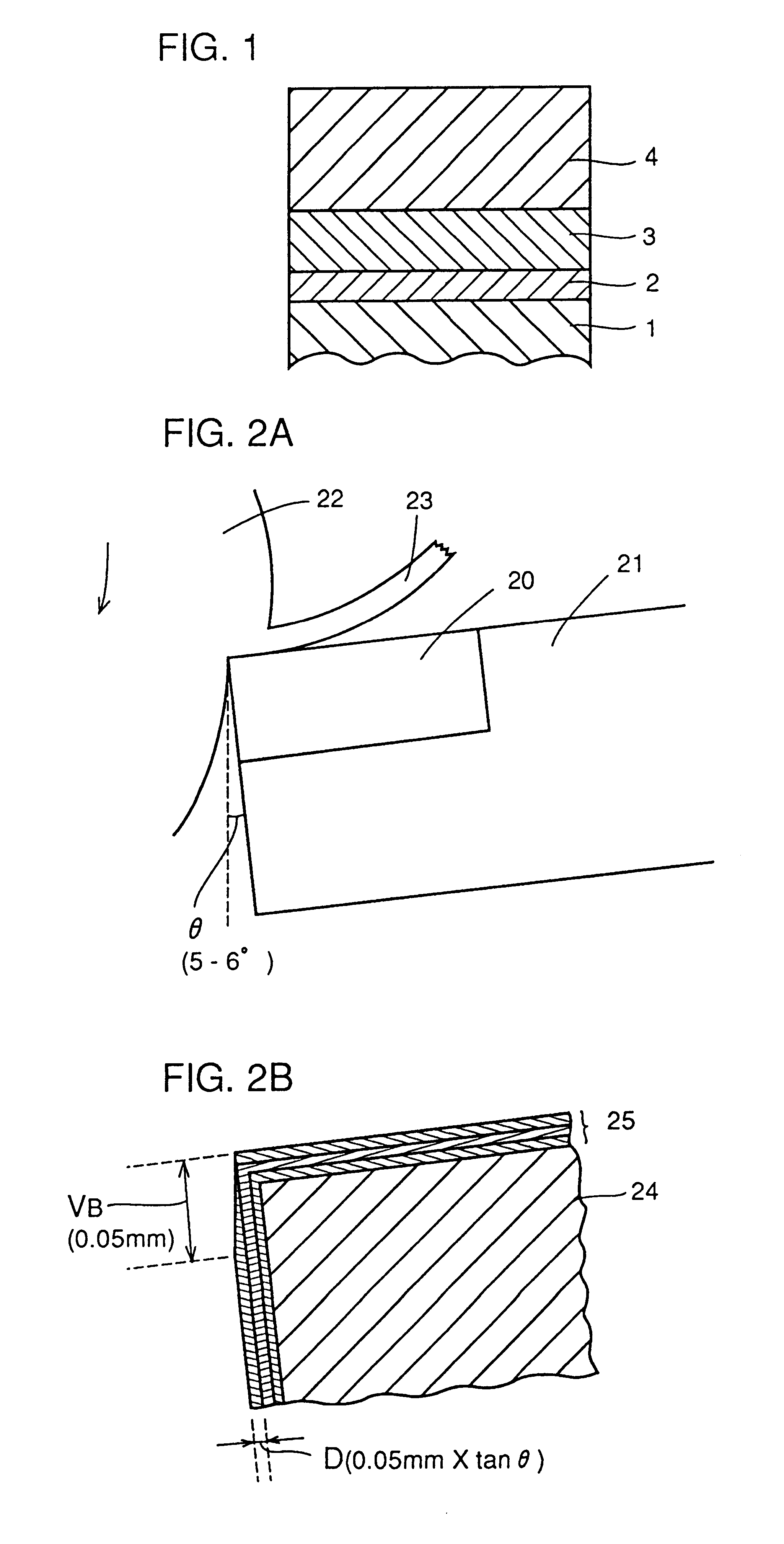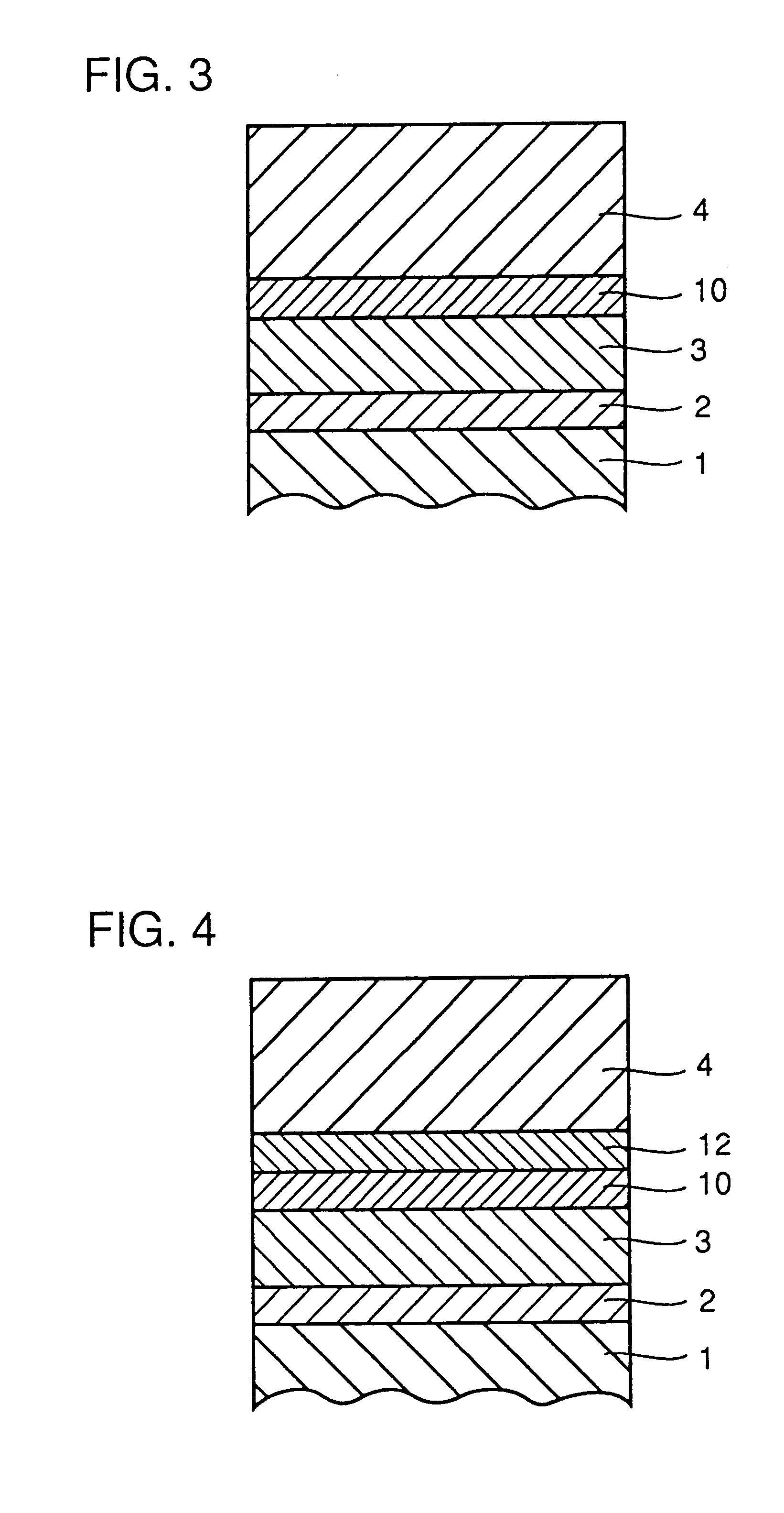Coated hard metal material
- Summary
- Abstract
- Description
- Claims
- Application Information
AI Technical Summary
Benefits of technology
Problems solved by technology
Method used
Image
Examples
example 1
ISO M20 cemented carbide (base material 1), ISO K20 (base material 2) and a commercially available cermet tool material (base material 3) were prepared as base materials, and each one of hard coating layers shown in Table 1 was formed on each base material by well-known chemical vapor deposition at a deposition temperature of 1000.degree. C., to prepare tip-shaped tools according to SNGN120408 respectively.
The respective tips having the hard coating layers formed on the base materials were employed for cutting workpieces of SCM415 under cutting conditions shown in the following Table 2, and cutting performance was evaluated. The results are shown in Table 3, along with the combinations of the base materials and the hard coating layers.
TABLE 3
From the above results, it is understood that the tips of the samples 1 to 4 of inventive Example exhibit excellent cutting performance not only in high-speed cutting (cutting condition 1) but also in low-speed cutting (cutting condition 2). By ...
example 2
Hard coating layers shown in the following Table 4 were formed on surfaces of the base materials 1 in the above Example 1, to prepare tips of samples 9 to 14. These tips were employed for evaluating cutting performance under the cutting condition 2 similarly to Example 1. A workpiece 7 consisting of SCM435 having four grooves 8 on its circumference as shown in FIG. 9 was employed for testing chipping resistance under the cutting condition 3 of the above Table 2. The chipping resistance was evaluated by cutting times up to chipping of the tips. These results are shown together in Table 4.
As understood from the above results, the sample 9 having no Ti compound as an inner layer suffered separation of the coating layers in an early stage in a wear resistance test since adhesion of the coating layers was low, and had an extremely short life. The tip of the sample 14 exhibited a slightly inferior chipping resistance since the film thickness of the inner layer was large, while the same is...
example 3
Hard coating layers shown in the following Table 5 were formed on surfaces of the base materials 2 in the above Example 1, to prepare tips of samples 15 to 21. These tips were employed for evaluating cutting performance by the cutting condition 1 similarly to Example 1. Similarly to Example 2, further, chipping resistance was tested by the cutting condition 3. These results are shown together in Table 5.
As Understood from the above results, the samples other than the sample 15 having a small film thickness of the intermediate layer of Al.sub.2 O.sub.3 and the sample 21 having a large thickness exhibited cutting performance which is excellent in balance between wear resistance and chipping resistance, and the tips of the samples 17, 18 and 19 exhibited particularly excellent cutting performance above all.
PUM
| Property | Measurement | Unit |
|---|---|---|
| Volume | aaaaa | aaaaa |
| Fraction | aaaaa | aaaaa |
| Fraction | aaaaa | aaaaa |
Abstract
Description
Claims
Application Information
 Login to View More
Login to View More - R&D
- Intellectual Property
- Life Sciences
- Materials
- Tech Scout
- Unparalleled Data Quality
- Higher Quality Content
- 60% Fewer Hallucinations
Browse by: Latest US Patents, China's latest patents, Technical Efficacy Thesaurus, Application Domain, Technology Topic, Popular Technical Reports.
© 2025 PatSnap. All rights reserved.Legal|Privacy policy|Modern Slavery Act Transparency Statement|Sitemap|About US| Contact US: help@patsnap.com



